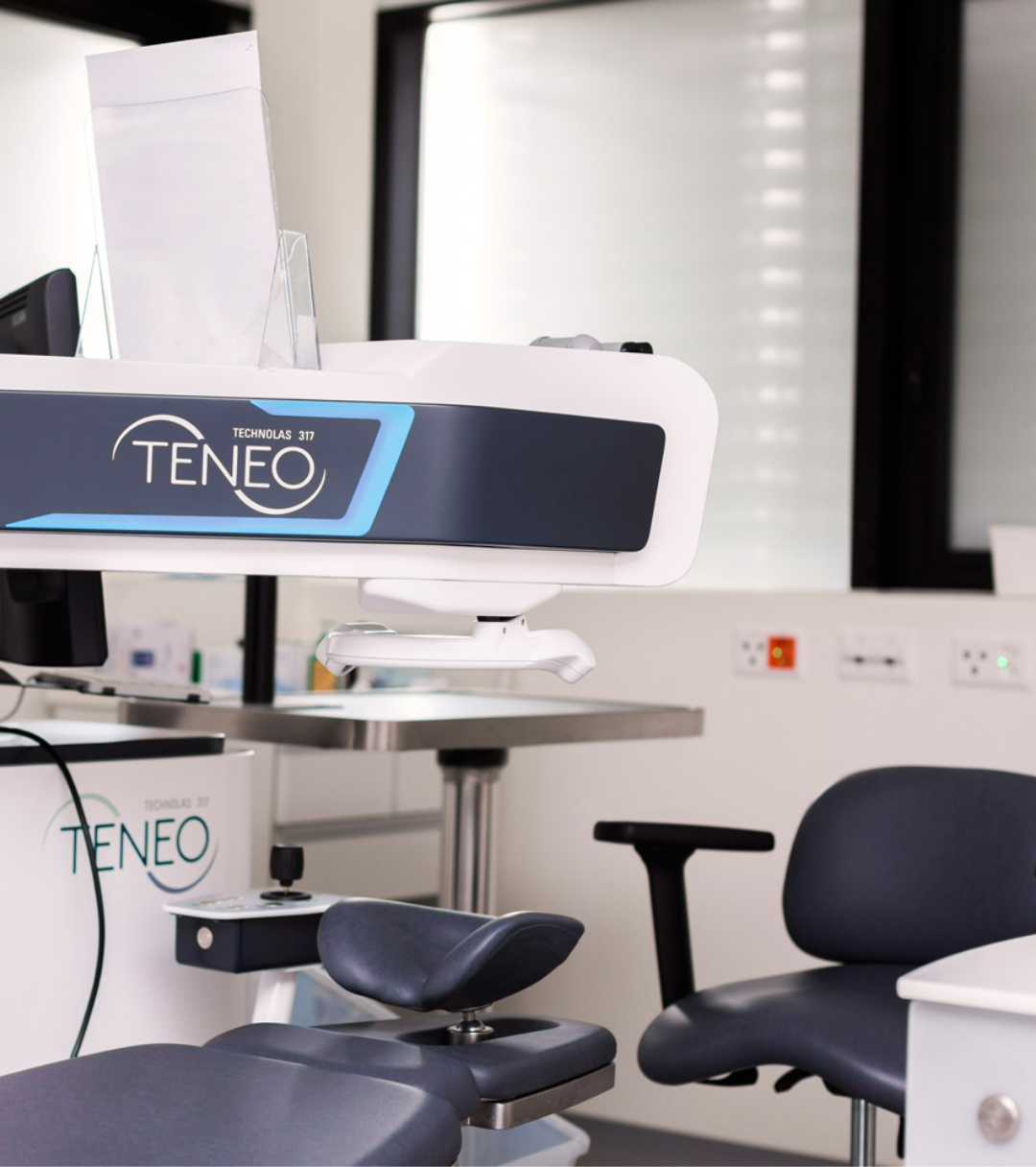Laser Eye Surgery in Switzerland
Free yourself from glasses with laser surgery!
Regain the freedom to see clearly in all situations thanks to laser eye surgery. In just a few minutes, this procedure can correct visual impairments such as myopia, hyperopia, astigmatism, and presbyopia.
You’ll return home the same day and can resume your activities as early as the next day.
Free feasibility test, no obligation.
Financing options available over 6, 12, 24 or 36 months*

Quick and painless
Laser eye surgery at Vision Future Switzerland
We offer you the latest and most reliable techniques to correct your visual defect.
Operation
myopia
The perception of an object by a person suffering from myopia is blurred at a distance and sharp up close. Laser surgery is fast, painless and offers long-lasting results.
Discover
Astigmatism surgery
Astigmatism results in blurred vision at both distance and near. Laser surgery for astigmatism can also correct myopia or hyperopia.
Discover
Hyperopia surgery
The perception of an object by a person with hyperopia is blurred up close and sharp at a distance. During laser surgery for hyperopia, astigmatism can also be corrected.
Discover
Operation
presbyopia
Presbyopia is a visual disorder linked to the aging process of the eye. People with presbyopia tend to stretch out their arms to read. The laser operation is fast and allows you to return to work the very next day.
Discover
Vision Future Switzerland
Our prices
Myopia or Hyperopia
(with or without astigmatism)
From 49 CHF/month *
Price per eye
Technique: PRK or FemtoLasik
Included in our rates:
- Correction of myopia
- Correction of astigmatism
- Correction of hyperopia
- Your care at the clinic
- Preparation and surgical procedure
- Post-operative follow-up
Presbyopia
(with or without other visual impairments)
From 58 CHF/month *
Price per eye
Technique: PRK or PresbyLasik
Included in our rates:
- Correction of presbyopia
- Correction of myopia
- Correction of astigmatism
- Correction of hyperopia
- Your care at the clinic
- Preparation and surgical procedure
- Post-operative follow-up
Our expertise
Laser in
Vision Future Switzerland
Specializing in refractive surgery, Vision Future Suisse uses a variety of techniques to correct visual defects such as myopia, hyperopia, astigmatism and presbyopia.
This procedure offers rapid results, reducing or even eliminating the need to wear glasses or contact lenses.
- State-of-the-art technical platform
- Over 15 years’ experience
- Fast, painless treatment

Make an appointment at the clinic
Appointments can be booked directly on our website or via the OneDoc app.
Appointments for laser surgery can only be made via our WhatsApp line.
In case of emergency, please contact us directly on 022 365 18 80
